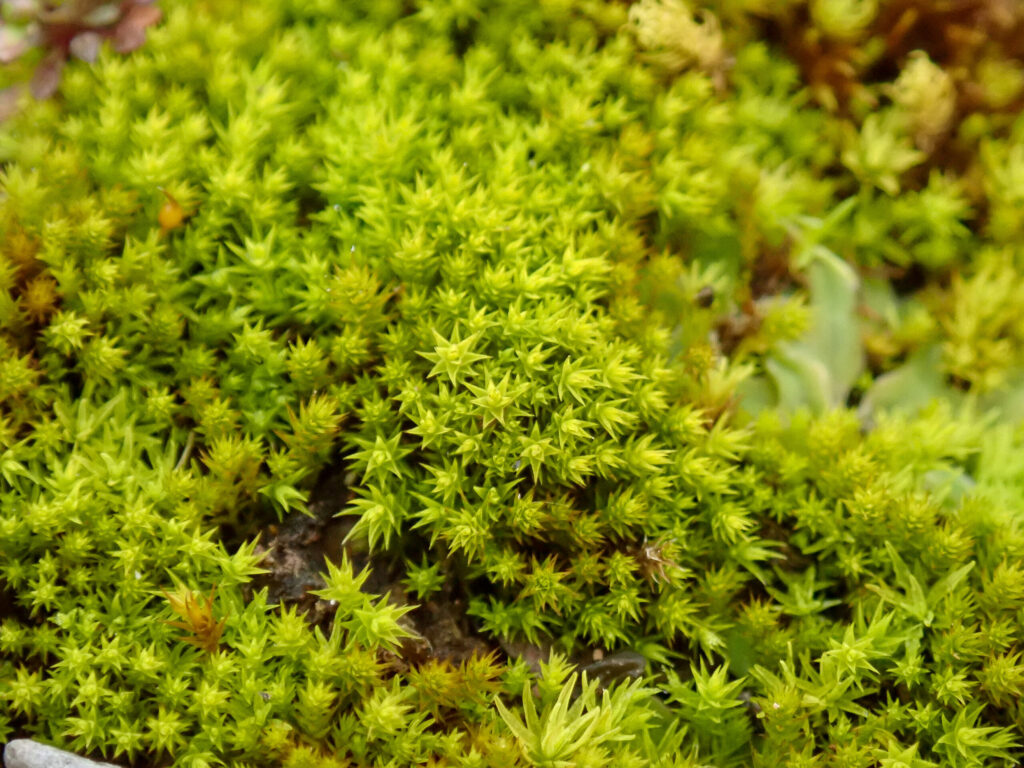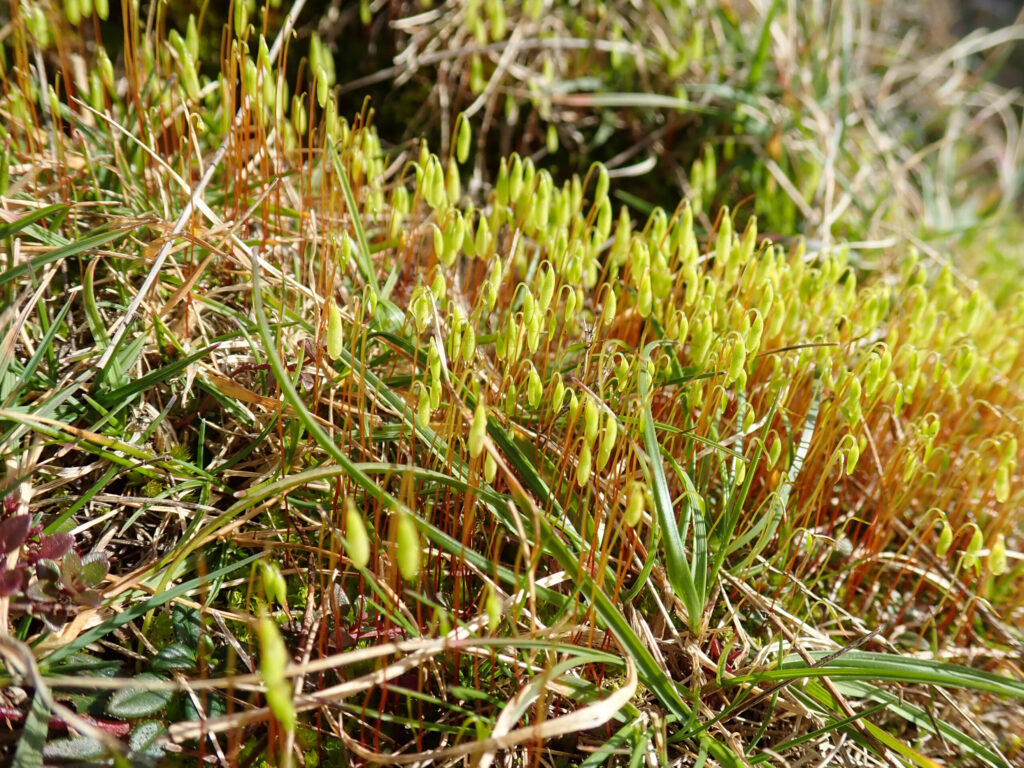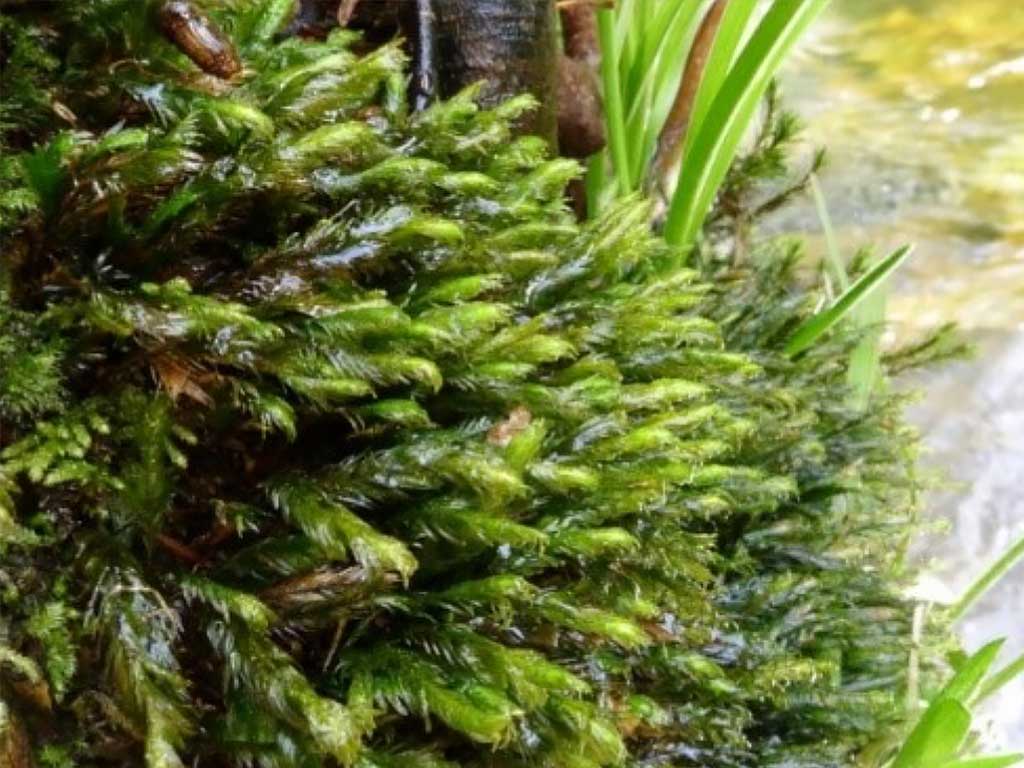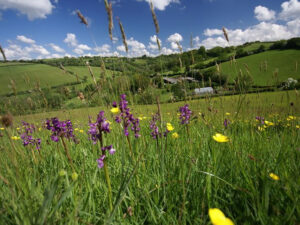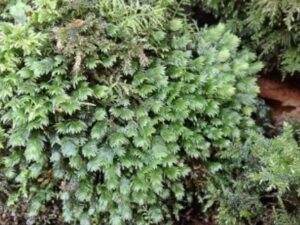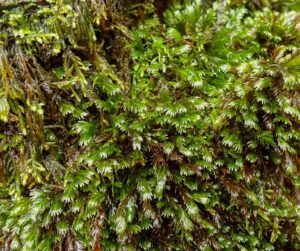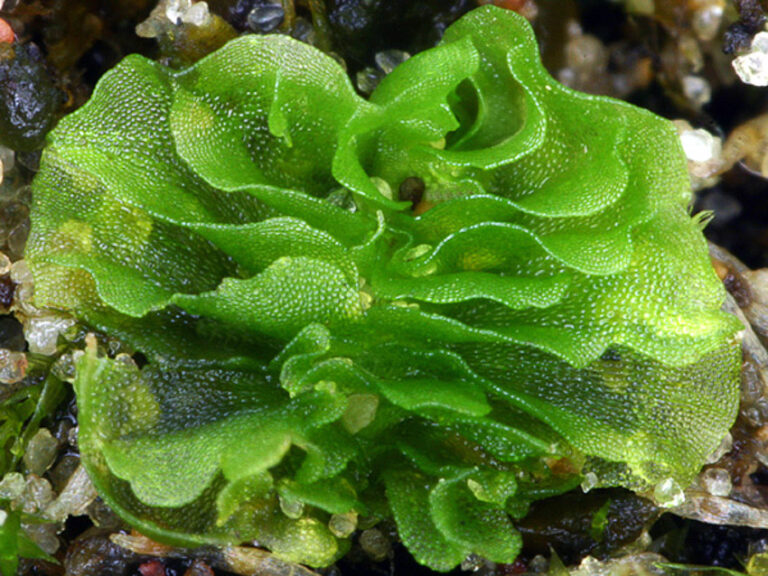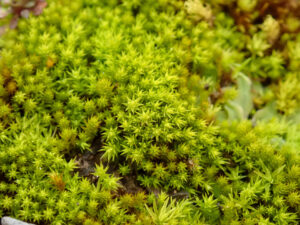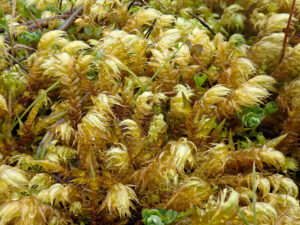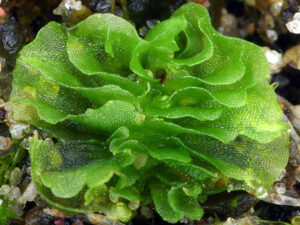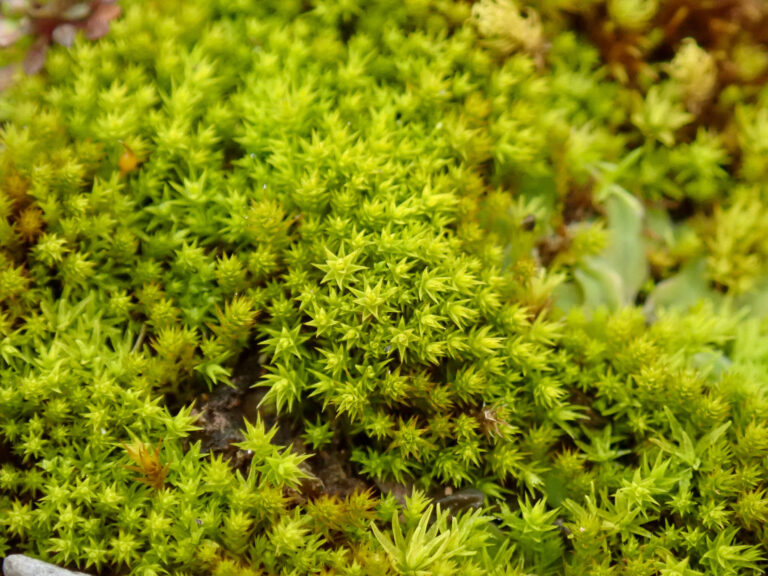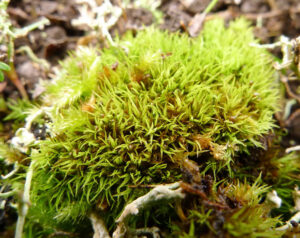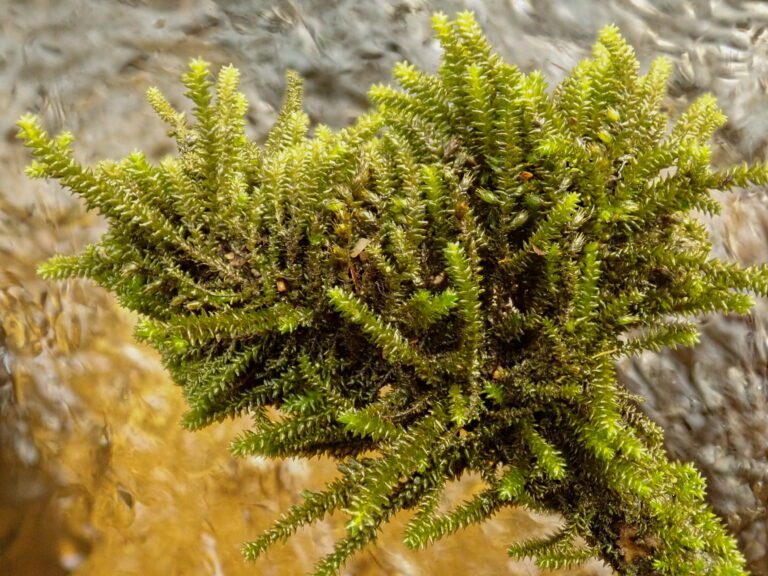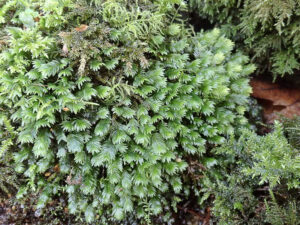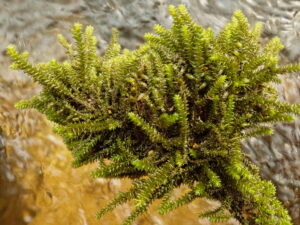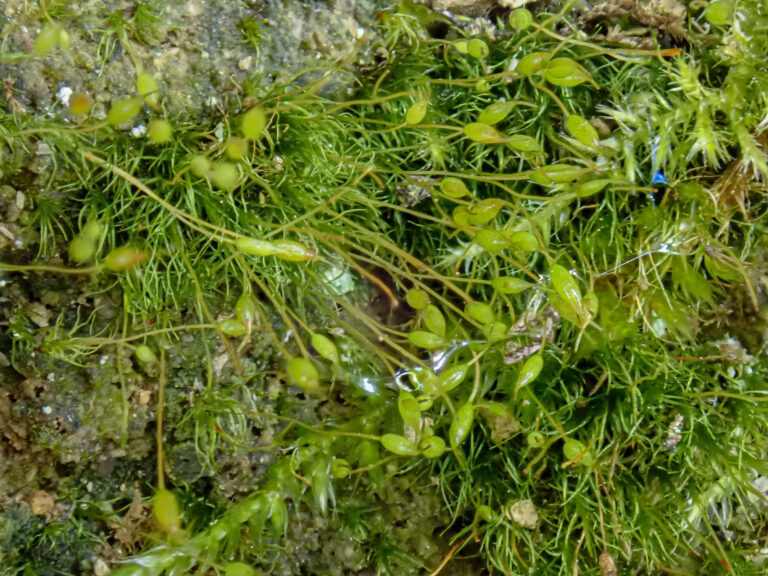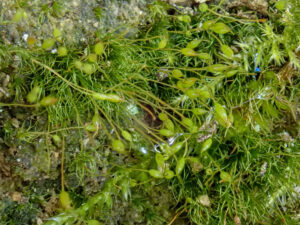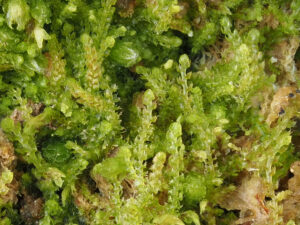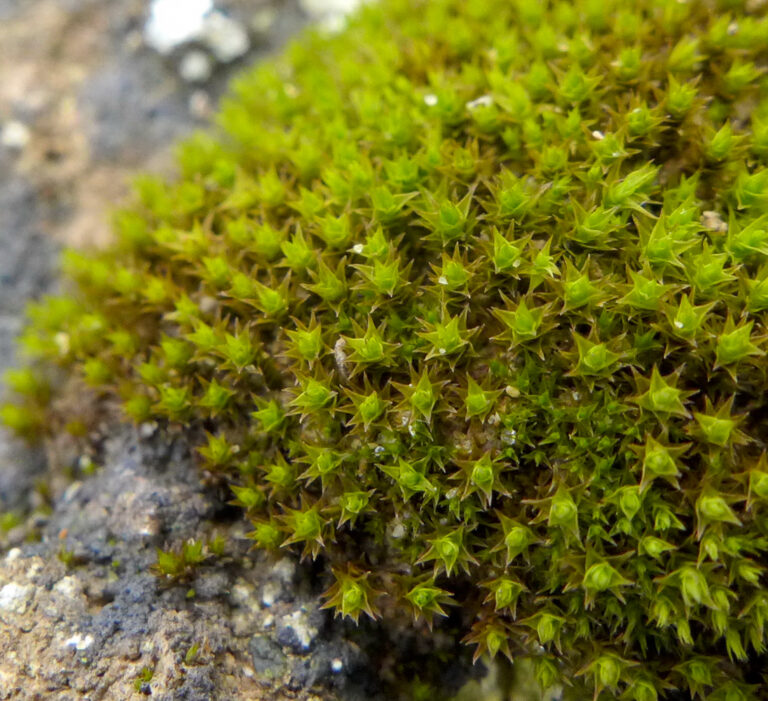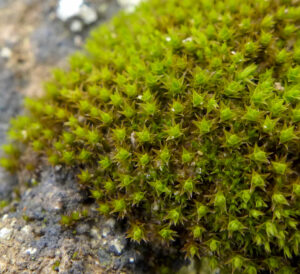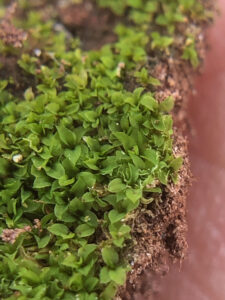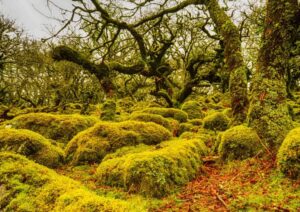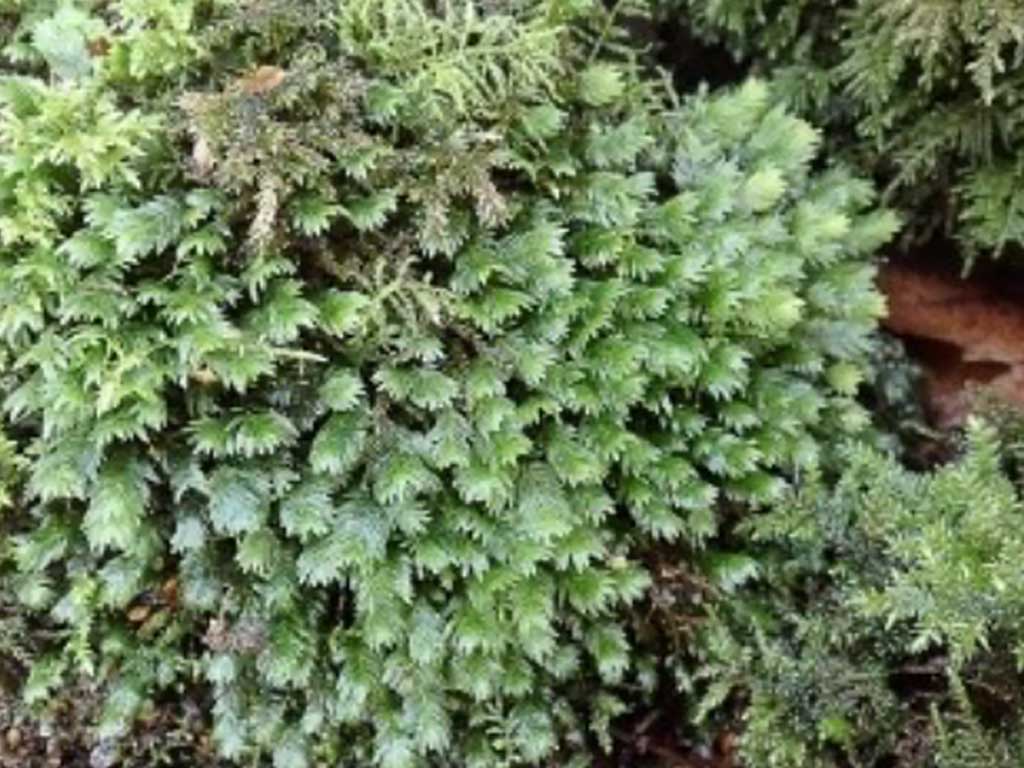Bryophytes are a group of ancient non-flowering plants that includes mosses, liverworts and hornworts. Some are found in damp and sheltered environments. Others have adapted to extreme conditions such as heat and drought. They can be found everywhere, from lawns and walls to dunes and rivers. One group of mosses is even found on Devon’s toxic copper mine spoil heaps.
Tiny bryophytes are often overlooked but play a vital environmental role. They absorb carbon, hold water, help to create peat bogs and provide habitats for microorganisms. Because they’re sensitive to pollution and changes in their habitat, many species are helpful indicators of a healthy environment.
Devon’s diverse range of habitats and mild and wet climate mean around two-thirds of the UK’s 1,000 species of bryophyte are found here. Thirty-five species are listed as Devon Species of Conservation Concern. 11 of these are identified as Focus Species that need specific action or attention.
For this strategy the 11 Focus Species have been put into six groups based on their habitat requirements. However, these groups don’t include the peat bogs, valley mires and fens which are some of Devon’s most valuable bryophyte habitats. These habitats are largely found on Dartmoor, Exmoor, the Pebblebed Heaths and in the Blackdown Hills.
Wet peat habitats are particularly important for Sphagnum communities, which have a colourful array of different species. Some of the most critical are fed by base-rich groundwater and these may have scarce species, including rigid bogmoss (Sphagnum teres) and slender cow-horn bogmoss (Sphagnum subsecundum).
In Devon, we have a particular responsibility for the many-leaved pocketmoss, rabbit moss and large Atlantic pocketmoss.

